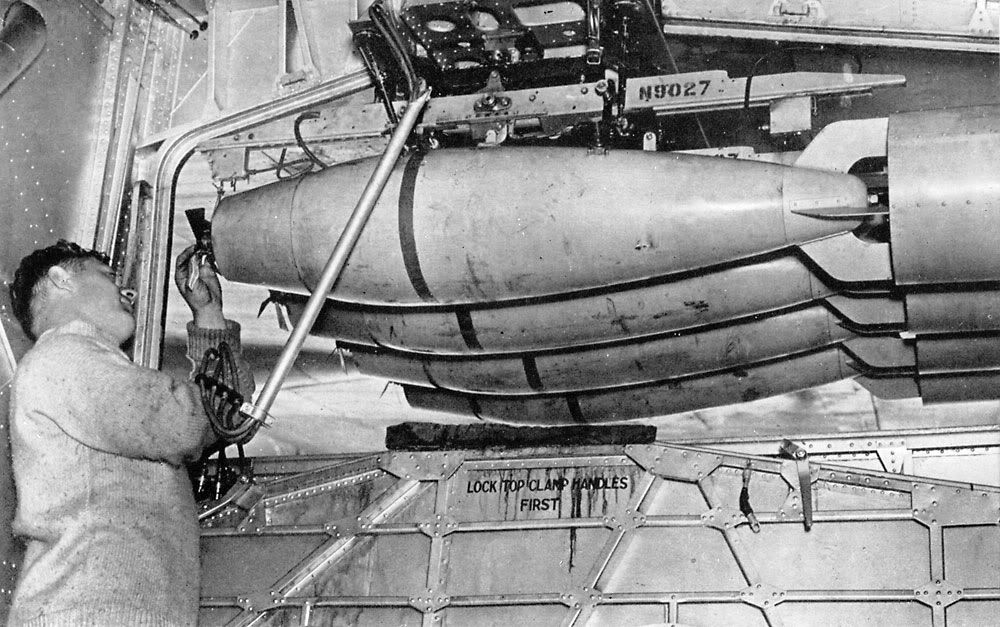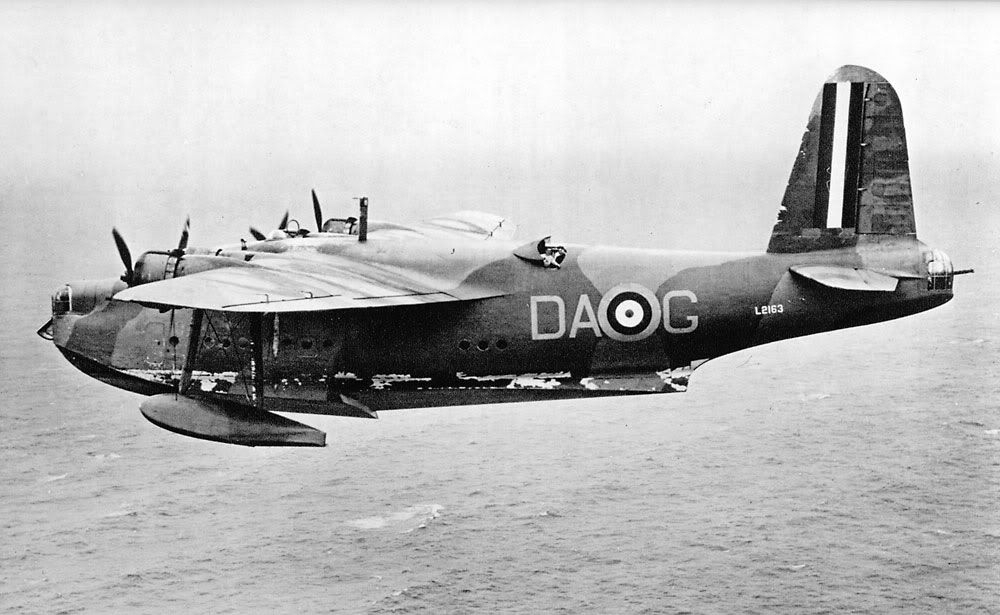Part 33.
September, 1940
SINKING A U-BOAT
BY A SQUADRON LEADER OF THE ROYAL AUSTRALIAN AIR FORCE
A dramatic incident in the war at sea was the recent sinking of a German U-boat and the capture of her crew by a Sunderland flying-boat of the Coastal Command. The story is told by the captain of the flying-boat.
Well, I was ordered to carry out a patrol�an anti-submarine patrol�in a certain position in the Atlantic and my take-off was to be very early in the morning. Whilst I was taxi-ing out I was sent a message to say that a steamer had been torpedoed in a certain position. I was ordered to proceed to that position and search for the submarine and if I saw it, of course, to bomb it. I took off and flew for some hours in the dark. Just as dawn was breaking we found the ship. She was about three miles away. She had been torpedoed aft and was still afloat. I circled round her. She appeared to be in no sort of difficulty and a destroyer was nearby. As my orders were not to waste any time, I then started to look for the submarine.
When I was about thirty miles from the steamer, I sighted a disturbance in the water about five miles away. It looked like a round patch with a wake leading up to it, and I felt pretty sure that it was the enemy submarine. She must have seen me at the very moment I saw her because she did a crash dive. I saw the swirl and prepared to attack it. I turned towards it and carried out a dive at a shallow angle, and released four bombs in a stick. The bombs fell on to the swirl on the surface and overlapped the disturbed water and formed what we call a "tight pattern"� (much the same as good grouping with a rifle). I then did a circuit with the object of coming back to make another attack. During the circuit I saw the submarine break surface apparently at a very steep angle by the bow, giving the impression that she had blown all her tanks in a rush to get to the surface. By the time I had turned the submarine had completely surfaced and I immediately carried out a second attack.
I did the second attack at an angle, slanting across the sub�marine from the quarter to the bow and dropped another four bombs in a low-level attack. The submarine at the time was still moving forward very slowly under the impulse given by her rush to the surface. Immediately after the second four explosions she swung round violently to starboard and practically stopped. The crew rushed out of the conning-tower and lined up on deck aft of the conning-tower away from the gun. This obviously indicated surrender. I saw that the submarine was settling down, first of all evenly fore and aft, but soon, when the decks were almost awash, she adopted a sharp angle and settled down very quickly by the stern. Now, no submarine would willingly go down by the stern in the normal way of diving. So I knew that this was no trick to fool us. She was definitely sinking. The bow rose right out of the water and she sank. The whole thing only took two minutes from the time of the second attack.
As the submarine began to sink under them, the crew jumped into the water. We were quite low and circled round them when they realised the submarine was sinking. There was obviously a wild rush to get overboard. They were all wearing life-jackets and they bunched together in the water so as not to get lost.
Whilst all this was happening, one of my crew sighted an escort vessel in the distance and I signalled it to hurry to the scene and pick up the submarine survivors. I then directed the escort vessel by diving on the people in the water. At about seven o'clock the ship was picking up the survivors so that the submarine's crew were only in the water about three-quarters of an hour. We flew round them all the time and watched them. I learnt afterwards that forty-one survivors had been picked up. I then returned to my base about 400 miles away.

Heavy bombs in the racks of a Sunderland.

My favourite picture of a Short Sunderland.